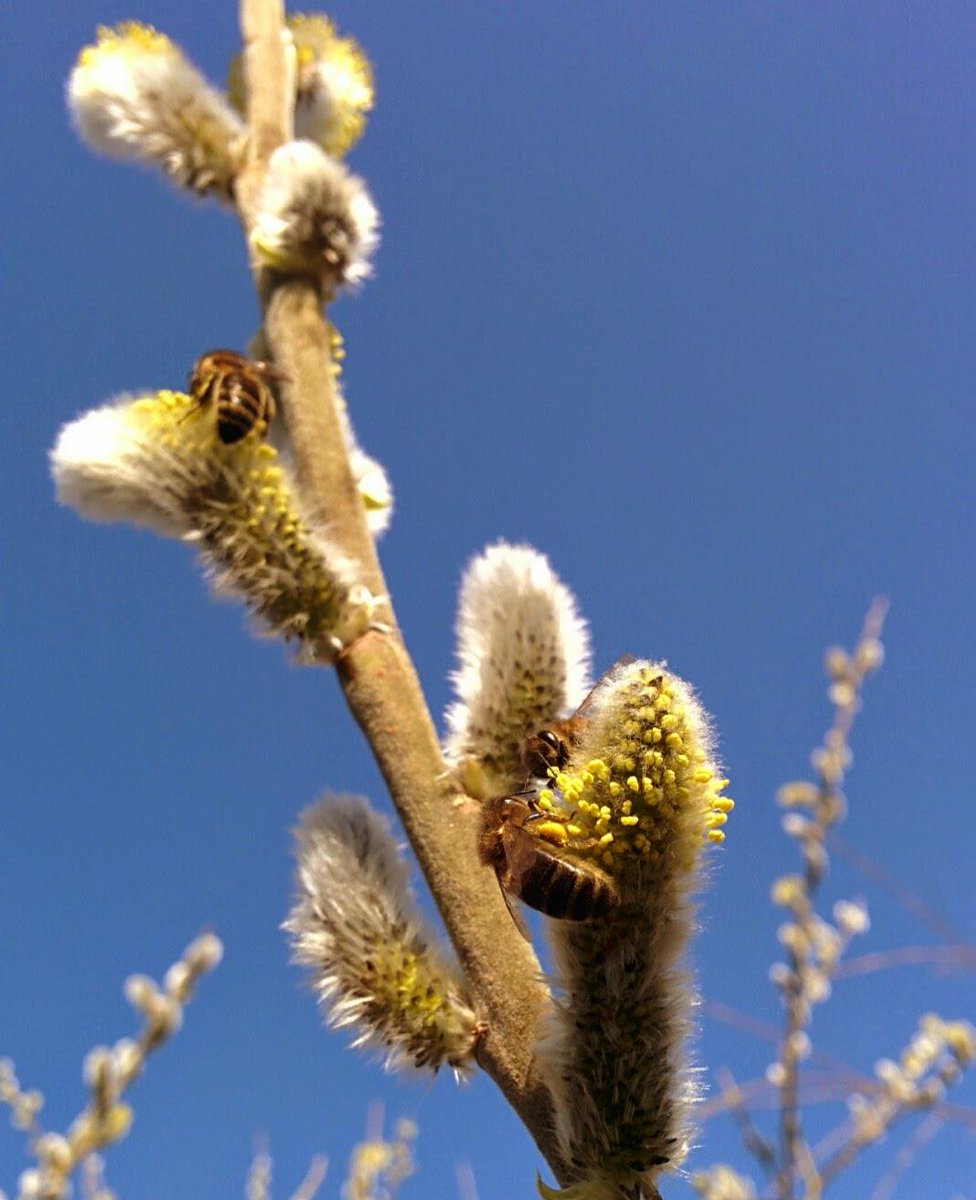BeeBeeKa
House Bee
- Joined
- Mar 4, 2014
- Messages
- 282
- Reaction score
- 2
- Location
- Co. Sligo, Ireland
- Hive Type
- Langstroth
- Number of Hives
- 8 poly hives
Hm… It`s strange that on the same kind of a plant ( I presume) bees have different colors of pollen.Heather
I.e. I see the dark blue pollen ( or black even) on a bell heather on my picture,

while on yours it`s a “creamy” alike, same as on a ling heather on mine :

Oh sorry. Yours is not bell heather like mine. I presume yours is Erica heather ( [FONT="]as it has black edging around pestle, visible from outside. While bell heather hasn`t).[/FONT]
Last edited:




















































